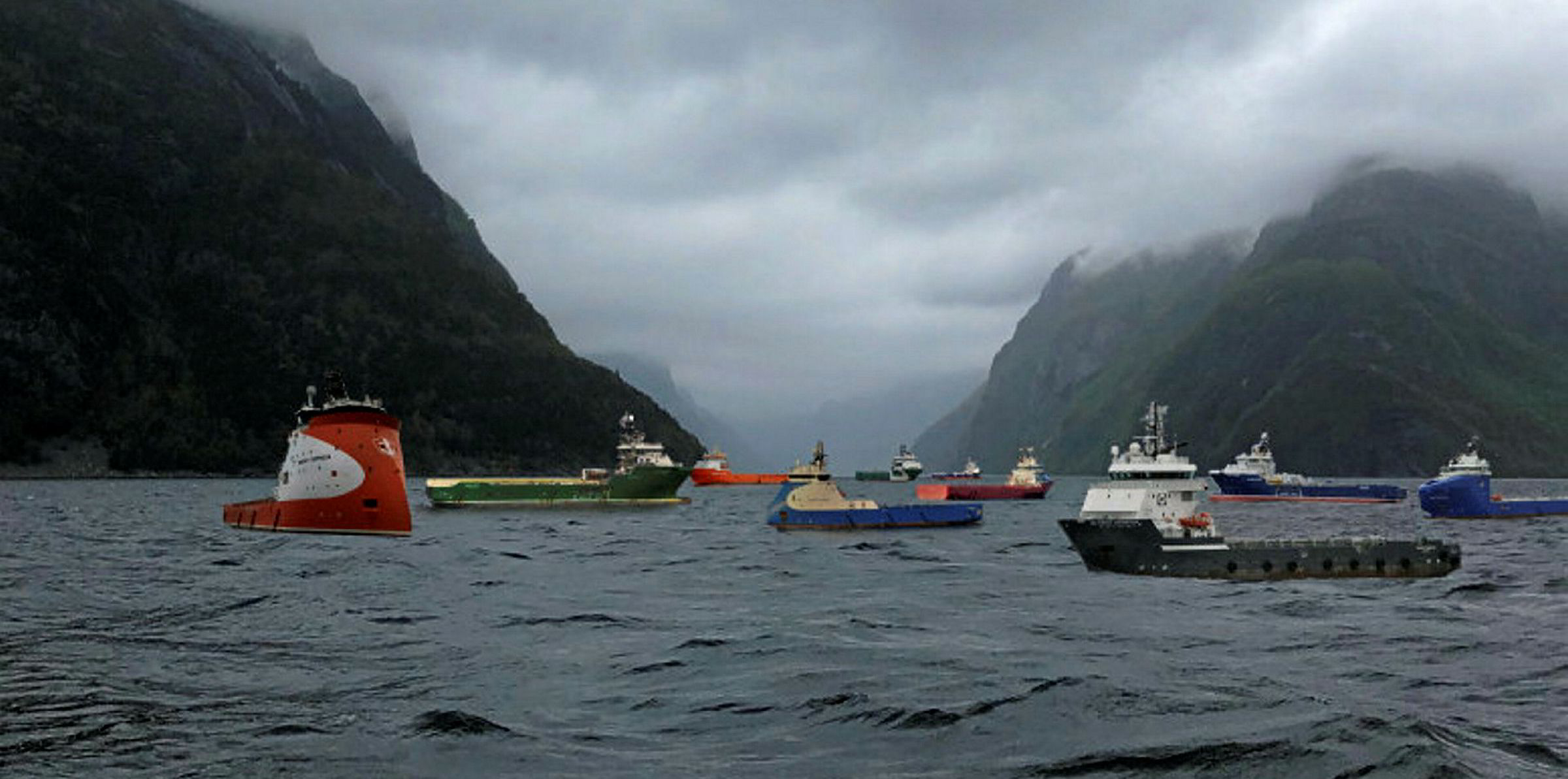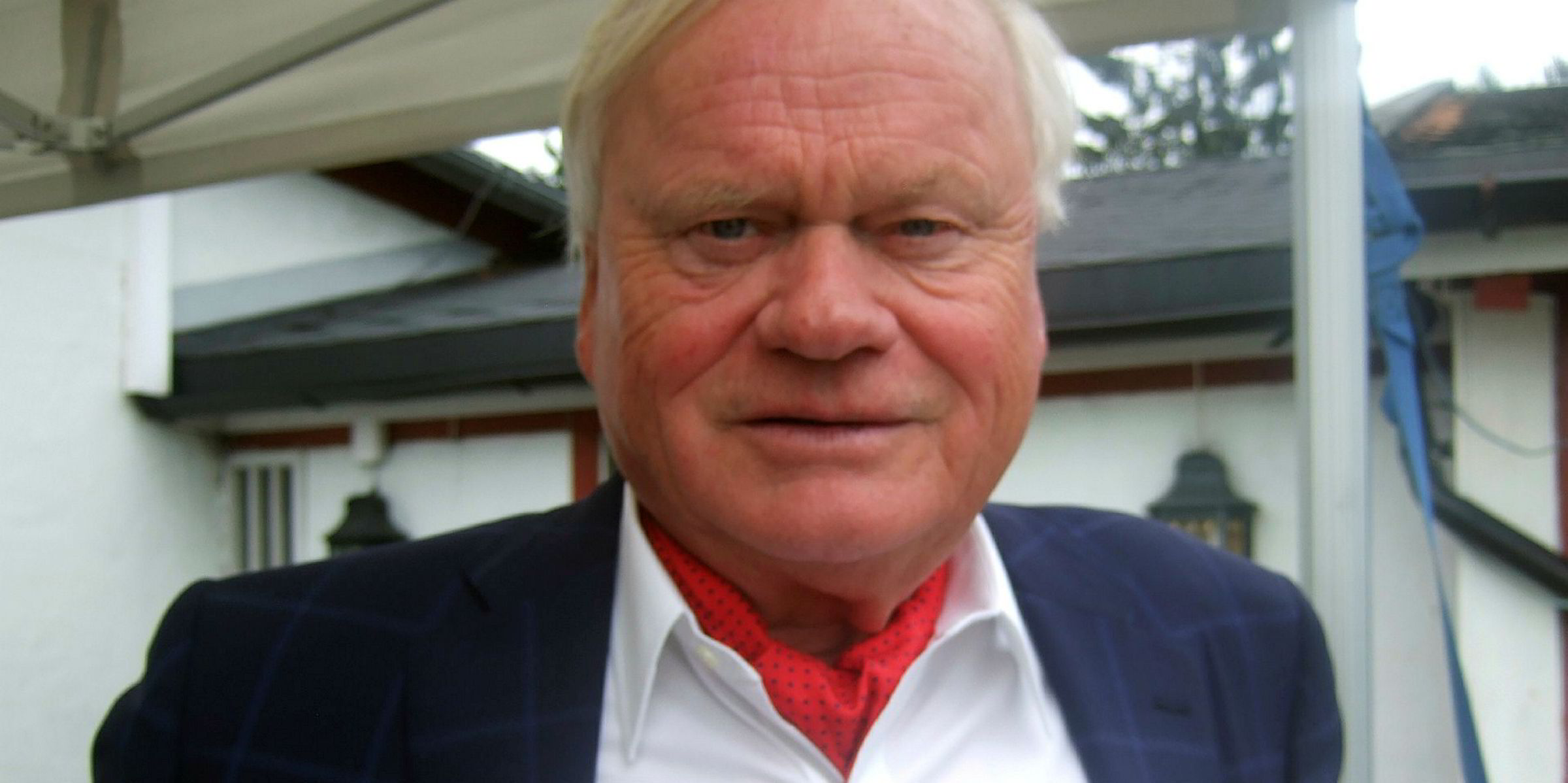Norway's Solstad Offshore has brought the last remaining banks on board for its crucial $2bn debt restructuring deal.
The Oslo-listed offshore support vessel owner announced a refinancing on 8 May to address its unsustainable finances following a slump caused by the coronavirus pandemic and oil price falls.
The company received bank credit committee approvals from the vast majority of secured lenders by 29 May, but a few had not agreed at that point.
The company had been hopeful of bringing them into line within five to 10 days.
The unanimous approval now means the agreement has been declared effective.
Solstad said it was now proceeding with the implementation of the deal, which requires agreement on "long-form documentation".
It is hoping to sign everything off in July, although it has a long-stop date of November.
TradeWinds reported on Wednesday that offshore vessel owners globally are trying to restructure debt of around $8bn.
Refinancing efforts by Solstad and domestic rival DOF Group are the biggest.
Equity stake
Solstad's transaction will see its banks and bondholders take over all but 0.4% of the company in a $1.1bn debt swap.
But shareholders including shipowners John Fredriksen, Kjell Inge Rokke and the Solstad family can build their ownership back up to a combined 35% through a new share issue.
This will cost NOK 70m ($7.21m), against a fleet value of $1.32bn, as assessed by VesselsValue.
The remaining debt will be rolled up into a new four-year loan of $886m.
The plan will also see 37 non-core vessels sold, leaving it with a fleet of 90 units.
The company is the world's biggest owner of high-end offshore ships. It has negative equity of $645m.
Solstad's current structure dates from 2017, when Fredriksen's Deep Sea Supply and domestic owner Farstad Shipping were merged into it in a deal involving tycoon Rokke. Solstad had already taken over Rem Offshore, following the last slump in the OSV market.
The net loss in the first quarter was NOK 2.25bn, up from a deficit of NOK 528m in 2019.
A big chunk of this — NOK 1.39bn — arose from currency losses as the krone fell against the US dollar.






